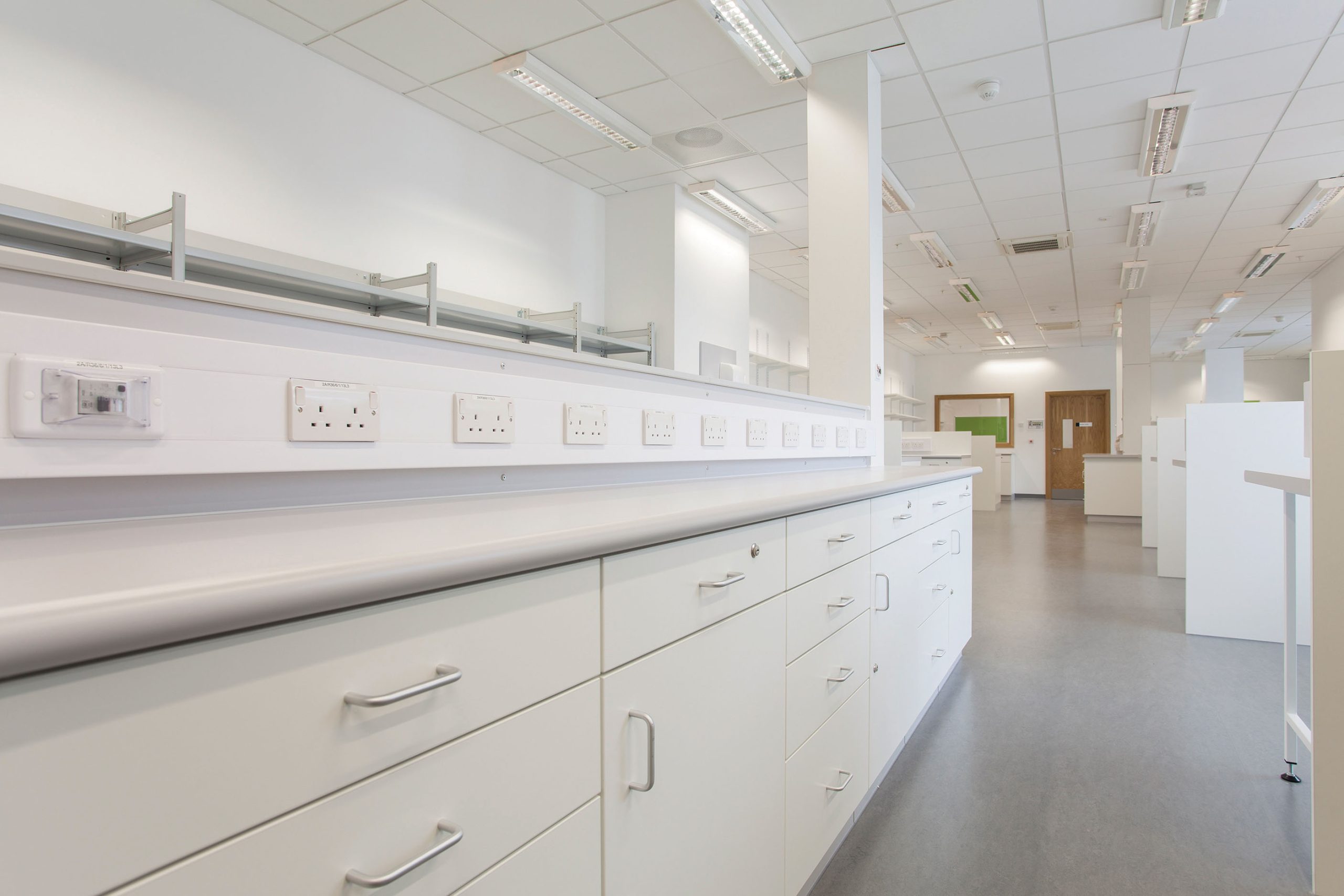You are probably talking about storage units, but we know what you mean. It’s a…

Why biophilic design in healthcare is important
Spending time in a hospital or healthcare facility can be a stressful and unnerving time for anyone. Patients may be overwhelmed by sterile white walls and endless hallways illuminated by artificial lights. Using biophilic design in healthcare can lessen this stress on patients because it creates a more natural environment that is conducive to a successful and enjoyable recovery. It offers a myriad of benefits to patients and staff alike.
So what is biophilic design in healthcare, what are the benefits, and how can it be achieved?
What is biophilic design?
Biophilic design is a way of creating a more natural environment, even in an artificial setting such as a hospital, hospice or residential care facility. An increasingly natural ambience can be achieved with the use of natural plants, outdoor grassy seating areas, more natural ventilation and lighting and pictures of plants, flowers and other nature-rich designs.
What makes biophilic design in healthcare beneficial?
There is evidence to show that interacting with nature can reduce the recovery time for patients. Although nature doesn’t have any magic properties to heal, it has been noted that when patients spend time in biophilic environments it can soothe, reduce pain sensitivity and offer many other medical benefits.
The benefits of creating nature-rich environments in healthcare facilities extend to employees working in these environments. Studies have demonstrated that exposing people to natural environments can boost their productivity. This is significant for staff working in healthcare facilities as well as employers. Nature has been shown to improve happiness levels and happier employees tend to be more productive. Therefore, hospitals that have been designed in a biophilic manner are likely to promote happier and more productive staff.
Staff, patients and family members can also reap the mental health benefits that are offered by a natural environment. Spending time in nature is associated with improved mood, reduced levels of stress, increased confidence and improvements in physical health.
Ways to achieve biophilic design in healthcare
There are many ways to optimise a healthcare environment in order to ensure that the design is biophilic. These design adjustments can range from significant refurbishments to change the internal structure or add outdoor spaces to small, easy and inexpensive additions, such as more plants and paintings that depict natural scenes.
Here are some ways to achieve the optimum biophilic design.
Natural colours and materials
Bringing nature into the indoor healthcare setting can be achieved by using furniture that has a natural look and feel, such as storage cupboards, wall units, and worktops made from natural materials. Storage units offer a myriad of benefits within biophilic design because not only are they crafted from natural wood, but they are also rigid and sturdy to endure long term heavy-duty use.
When focusing on the details of a healthcare facility, choose colours that are found in nature. Blues and greens are reminiscent of natural settings and extremely calming for patients during recovery. Yellows and oranges are sunny shades that can brighten wards and instil a feeling of optimism into people.
Create outdoor spaces within the healthcare facility
Creating outdoor spaces where patients and staff can both go outside and enjoy the restorative qualities of nature is an excellent idea. Designing grassy spaces laced with flower beds, trees, and bushes promotes a relaxing and rejuvenating environment. Of course, this is also dependent on land space available, but some facilities may even have the potential for a rooftop garden.
Improved air quality
Plants balance moisture levels and increase oxygen saturation in the air. This is profoundly beneficial for a health-promoting environment. Adding more living plants to the inside of the healthcare facility can allow for the plants to revitalise the air.
Optimisation of natural light
Creating large windows and skylights that allow swathes of natural light to flood in is beneficial for patients and excellent for boosting mood. It can be particularly poignant in winter when many people are at risk of suffering from Seasonal Affective Disorder. Increased mental wellbeing is an effective way to promote happiness for both employees and patients.
In addition, select furniture in bright colours to enhance the feeling of a sunny setting.
Design a restful environment
Calm and quiet is essential for hospital patients to enjoy a restful recovery. Using plants and flowers around the hospital is an excellent idea because plants can act as natural sound absorbers, meaning that noisy environments are calmer and more peaceful for patients to recover in. This can be conducive to a more thorough and faster recovery process.
Create nature in an urban jungle
Pictures and photographs depicting images of nature scenes, for example, can also boost the sensation of connecting with nature. This kind of biophilic design in healthcare takes into account the barriers that might be in place for healthcare facilities. This can also involve hospital furniture that is made of natural and sustainable materials, such as wood-like timber worktops.
Challenges such as cost, space and the feasibility of sustaining a natural environment in city hospitals, are barriers that can be overcome by using “artificial nature” such as false plants and pictures rather than living plants and grassy areas outside.
Biophilic design – where to find out more
At David Bailey Furniture Systems we have been manufacturing storage and reception furniture for hospitals and healthcare facilities for nearly 40 years. Clients can choose from a wide range of colours and finishes to bring the feel of nature into the indoor health setting.
Download our colour card, browse our healthcare furniture brochure, or get in touch to discuss your project with us.








